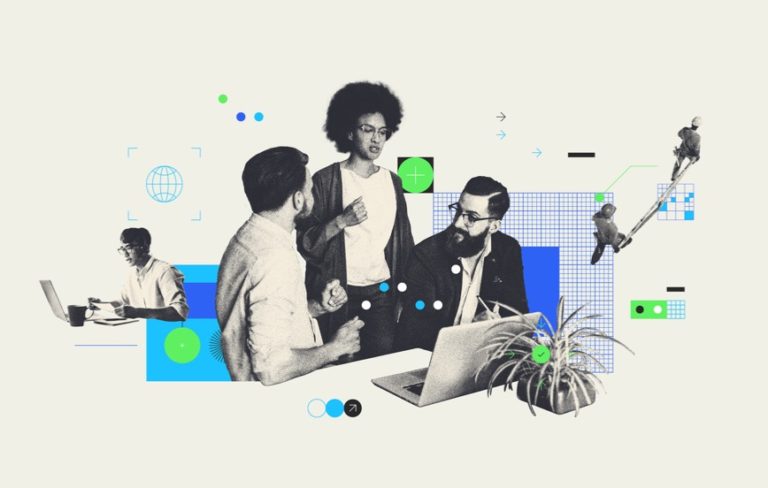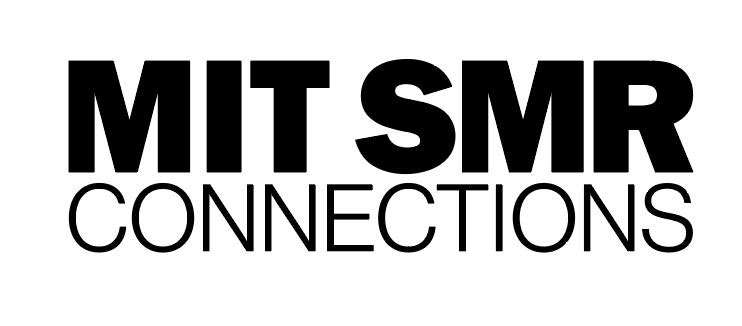There are roughly five generations in today’s workforce. Each has its own set of beliefs, workflows, and values that ultimately shape an organization and its culture. Some of these go across generations, but some clash. Understanding these generational differences in the workplace is needed to promote teamwork and diversity within your company. Leveraging each generation’s strengths is your secret weapon to thrive and outpace the competition.
Of course, everyone is unique, but over the years, studies have found commonalities for each generation that can help our understanding of the role each group plays within an organization.
Let’s start with the group on its way out of the workforce: the Traditionalist or Silent Generation, born between 1925 and 1945. Their strict work values were taken out of the Great Depression and World War II, and while they might be fewer in numbers, their influence is very much felt in companies. They helped shape through what often was a lifetime of dedicated work in their profession or firm. Strong work ethic, loyalty, respect for authority and love for conformity are some of the traits shared by this group. People in this group probably struggle with the introduction of new technology and practices the most.
Baby Boomers were born between 1946 and 1964. Until Millennials, they were the largest generational group in the history of the U.S., playing a big role in the economy as well as regulating the way we work as they were the focus of most business strategies. Competitive, independent, goal-oriented workers with a drive for excellence—Baby Boomers’ impact on the way we work and our economy still permeates business strategy and execution today.
Generation X was born between 1965 and 1980. This is the generation introduced the concept of work-life balance, mainly due to growing up in a household where both parents were working and had limited time with their children. As a result, they value hard work and are considered adaptable, resourceful, self-sufficient, and less loyal to the company they work for.
Generation Y, or Millennials, were born between 1981 and 1996. They represent the largest portion of today’s workforce. They share a number of values with previous generations, but they are more tech literate, value recognition, look for purpose, and thrive on input and validation. In addition, this generation grew up with more family and mentor support. Millennials are hardworking, team-oriented employees who value flexible work-life balance and put company culture over salary.
Generation Z is made up of individuals born between 1997 and 2012. While this group has just started joining the workforce, they are already making waves because of their makeup, and could be considered the most talked-about group due to having spurred myriad research and press coverage linked to the future of work. Gen Z is the most diverse, open-minded, autonomous, and technologically adept generation. Self-improvement and making an impact is what drives them at work. Further, they value job security and a diverse and inclusive culture.
How businesses can play to generational strengths
The main strength of a multigeneration organization is its richness in perspective. This can result in a broader range of knowledge and faster innovation, if leveraged well. Different backgrounds and life experiences aid problem-solving and offer the opportunity to teach and learn simultaneously.
A multigenerational workplace’s main challenges are linked to communication and the negative stereotypes each generation has about others. With so many ways to communicate, from email to chat and messages, younger generations seem to favor short, dynamic and timely communication over more formal ways to communicate, including voice calls.
In a study we, at Creative Strategies, conducted at the start of the pandemic among 1100 Americans, 890 of whom were working remotely when asked which app they associate more with collaboration, 38% of Gen Xers said Outlook compared to 13% among Gen Zers.
Communication methods have been impacting culture since the dawn of time. And the workplace has always dealt with degrees of communication barriers, but up to now, younger employees had assimilated into their employer’s preferred communication style. However, younger, newer generations are no longer assimilating. They are now leveraging stronger opportunities to drive significant change rather than being changed.
Tech-savvy Gen Zers, who lean into video and chat in their day-to-day lives, had organizations believe they are all keen on working remotely. Interestingly, despite favoring tech-based collaboration, Gen Zers still prefer to have some in-office time with coworkers. A recent McKinsey & Company study on workers’ hopes for the future shows that 18-to-29-year-olds are most interested in a hybrid work setup, working two to three days a week from home and the rest in an office. Gen Z is the group that wants hybrid work the most, with 48% saying they’d prefer it. This compared to 44% of Millennials and 38% of Gen Xers.
Aside from the social aspect of “going to the office,” Gen Zers might also appreciate the space and perks that come with the office as their home might be shared with others and are still working on their financial comfort. Considering Gen Z is the group that cares the most about work and life balance, it is understandable they might see the office as an easy physical boundary to set up. The flexibility hybrid work offers is a high priority for this generation.
Managing multiple generations in the workforce
Managing a multigenerational workforce can be challenging. Managerial skills in flexibility, transparency, personalization, and ongoing feedback collection all help address these challenges. Yet, a powerful skill managers should focus on is listening.
Considering the need for better listening to employees and the challenge in communication methods the multigenerational workforce faces, it is paramount to choose collaboration tools that empower the former and ease the latter. Tools must bring together different communication methods in a seamless but structured way while offering flexibility and options to support individual and team preferences. They also need to provide the ability to draw from real-time data that helps shape more personalized workflows.
Technology should facilitate virtual shared spaces that bring employees and management together, synchronously and asynchronously, to keep everyone informed and create an effective feedback loop. As collaboration technology evolves, it is also important to offer training, especially to those who feel less comfortable in the digital world.
The multigenerational workforce is here to stay. Rather than pretend it does not exist and force a one-size-fits-all approach to work, company leaders should lean in and leverage the strengths of different generational attitudes and skills. Leveraging cross-generational strengths can come in many forms. For example, actively listening managers collect valuable insights from the various generations throughout their enterprise, sharing those insights across teams to spread cross-generational knowledge and experience. Successful leaders also share projects across generations to get full-spectrum feedback, even if members of a particular generation weren’t directly involved with the initial project. And other leading organizations are seeing great success intentionally pairing different groups, stitching together different generations within the same team to complement skills, fill gaps, train and educate, and support each other. For example, since the Traditionalist/Silent Generation and Boomers have experience and dedication, while Millennials and Gen Z are looking for mentorship, purpose, and learning, getting these different groups teamed up on the same projects can create a unified powerhouse for your enterprise.
There is no better time than now to embrace and adapt to a multi-generational workforce, as many organizations are reimagining work and considering hybrid work as a long-term option for their workforce. Multigenerational differences can facilitate or hinder this transition. It is up to you, and to some extent the technology choices you make, to ensure the organization and your people benefit from all generations at work.




